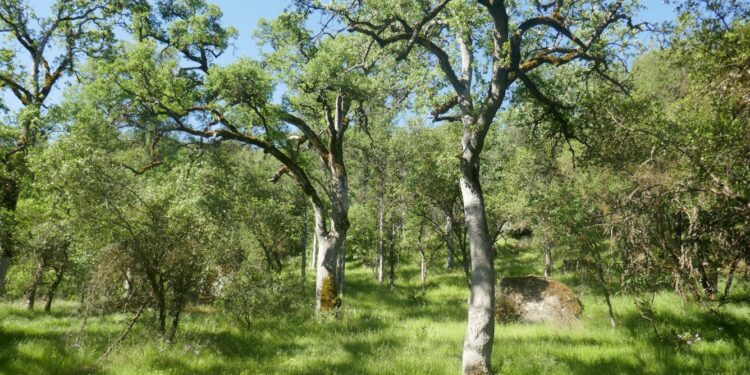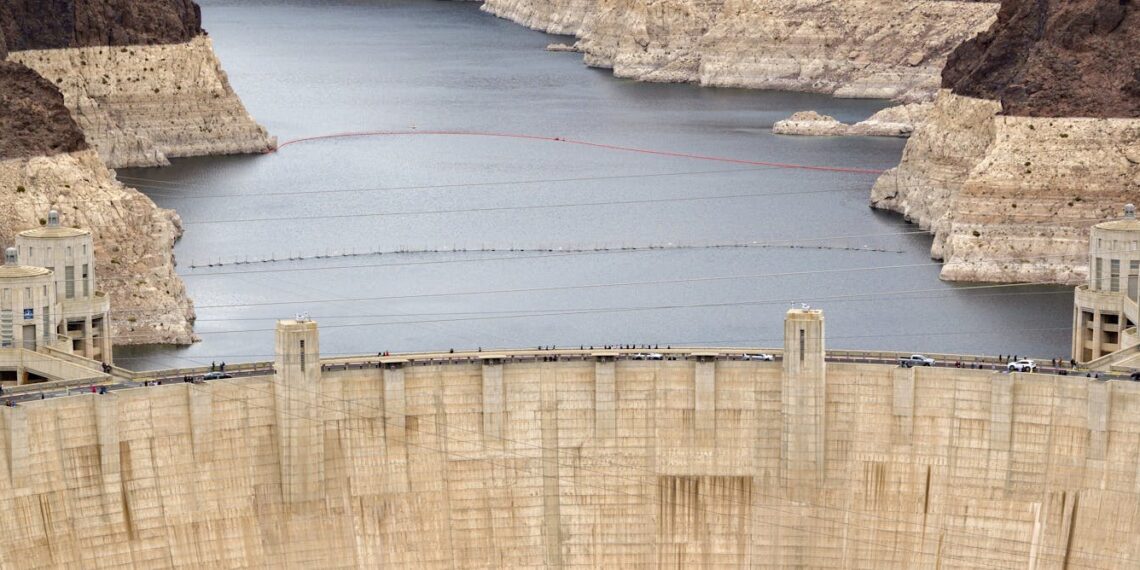Login to Continue Learning
In the spring of 2025, a California Chuckchansi Native American woman and her daughter walked onto a 5-acre parcel of land near the Sierra National Forest foothills. This land, largely untouched for over a century, is part of an unusual category held in trust by the federal government for specific Indigenous people.
For more than a century, this land was inaccessible and thus not much benefit to those it was meant to serve. However, it now provides an opportunity for Indigenous peoples to reclaim their land rights and practice traditional care methods, which can help reduce wildfire risks as climate change intensifies.
Our research team at the University of California, Davis, collaborates with families connected to this land to clarify ownership records, document ecological conditions, and share information to help allottees access and use their lands.
### California’s Unique Historical Situation
When European nations colonized what became the United States, they entered treaties with Native nations. These treaties established tribal reservations and secured some Indigenous rights to resources and land.
In 1850, just after California became a state, the federal government negotiated 18 treaties with 134 tribes, reserving about 7.5 million acres, or roughly 7.5% of the state, for exclusive use by these tribes. However, land speculators and early state politicians considered this land too valuable to give away. Thus, the U.S. Senate refused to ratify the treaties while allowing tribes to think they were valid.
As a result, most California Native Americans were left landless and subjected to violent, state-sanctioned removals by incoming miners and settlers. In 1887, Congress passed the Dawes Act, which allowed Native people across the U.S. to be assigned or apply for individual land parcels from their former tribal homelands.
These land parcels, called allotments, are not private, public, or reservation lands but are held in trust by the federal government for the benefit of allottees and their descendants.
### The Allotments Today
Many of these allotments were remote, ecologically rich yet hard to access. They were carved out of ancestral territories but often lacked infrastructure like roads, water, or electricity. In some cases, allotments were separated from traditional village sites, ceremonial areas, or vital water resources, cutting them off from broader ecosystems and community networks.
Federal officials frequently drew rough or incorrect maps, lost track of which parcels had been allotted, and even failed to notify original allottees when they passed away. As a result, many allotments were claimed and occupied by others without the full knowledge or consent of the Native families they were held in trust for.
There were once 2,522 public domain allotments in California totaling 336,409 acres. In 2025, approximately 400 remain, encompassing just over 16,000 acres. These are some of the only legally recognized tracts of land where California Native American families can maintain ties to place, making them uniquely significant for cultural survival, sovereignty, and ecological stewardship.
### An Opportunity for Learning
Because many of these lands remained relatively undisturbed by human activity, they host diverse habitats, native plants, and traditional gathering places. As held in trust for Native people, these lands offer the opportunity to practice Indigenous land and resource management techniques that have sustained people and ecosystems through millennia of climate shifts.
We partner with allottee families, legal advocates like California Indian Legal Services, and the California Public Domain Allottee Association to study various aspects of the remaining allotments. We focus on understanding their vulnerability to wildfire and drought and identifying options for managing them to reduce these vulnerabilities.
### Challenges on Allotments
The Chuckchansi family who reached their land in spring 2025 would like to move onto it but need permission from neighboring private property owners to even walk on their own parcel. A small number of Bureau of Indian Affairs employees manage allotments while dealing with issues on larger reservations and other tribal lands.
Because these lands are held in federal trust, the permitting process for traditional practices like cultural burning often faces more stringent federal requirements than state or private landowners. These include restrictions under the Clean Air Act and the National Environmental Policy Act.
No fire management plans have been approved by the Bureau of Indian Affairs on California Native American public domain allotments. However, many families are interested in following traditional practices to manage their lands.
### Why It Matters
As California searches for ways to help its people adapt to climate change, these allotment lands offer a meaningful opportunity to elevate Indigenous leadership in climate adaptation. Indigenous land stewardship strategies have shown they can reduce wildfire risk, restore ecosystems, and sustain culturally important plants and foods. Though the parcels are small, the practices applied there—such as cultural burning, selective gathering, and water stewardship—are often low-cost, community-based, and potentially adaptable to larger parcels elsewhere.
One option could be to shift some regulatory authority from the Bureau of Indian Affairs to the allottees themselves. Shifting authority to Indigenous peoples has improved forest health in other areas, as found in a collaborative study between University of California Extension foresters and Hoopa Tribal Forestry. This research showed that when the Hoopa Tribe gained control over forestry on their reservation along the Trinity River in northern California, they moved toward more restorative practices.
At a time when California faces record-breaking wildfires and intensifying climate extremes, allotments offer rare pockets of intact habitat with the potential to be managed with cultural knowledge and ecological care. They show that adapting to change is not just about infrastructure or technology but also about relationships—between people and place, culture and ecology, past and future.
*Kristin Ruppel from Montana State University and Jay Petersen from California Indian Legal Services contributed to drafting this article.*



















